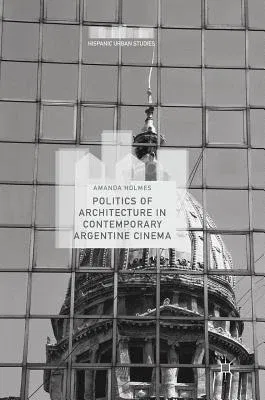Amanda Holmes
(Author)Politics of Architecture in Contemporary Argentine Cinema (2017)Hardcover - 2017, 1 August 2017

Qty
1
Turbo
Ships in 2 - 3 days
In Stock
Free Delivery
Cash on Delivery
15 Days
Free Returns
Secure Checkout

Part of Series
Hispanic Urban Studies
Print Length
162 pages
Language
English
Publisher
Palgrave MacMillan
Date Published
1 Aug 2017
ISBN-10
3319551906
ISBN-13
9783319551906
Description
Product Details
Author:
Book Edition:
2017
Book Format:
Hardcover
Country of Origin:
NL
Date Published:
1 August 2017
Dimensions:
21.01 x
14.81 x
1.6 cm
ISBN-10:
3319551906
ISBN-13:
9783319551906
Language:
English
Location:
Cham
Pages:
162
Publisher:
Series:
Weight:
435.45 gm